Black birch: description and cultivation
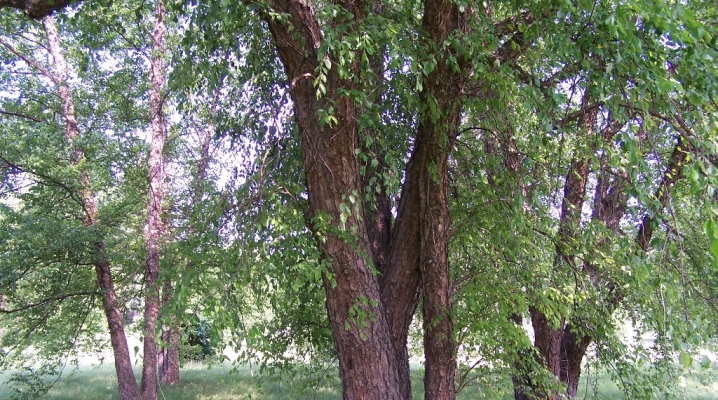
One of the most beautiful trees in North America is black birch. Its other name is river. Indeed, the plant has taken a fancy to the banks of rivers, edges of swamps, wet valleys. Black birch is the most thermophilic of its kind.
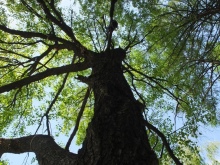
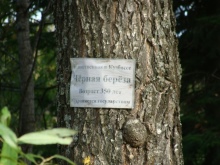
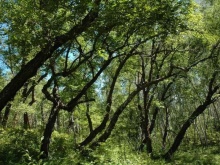
Description of the tree
The tree belongs to the genus birch of the birch family. The name "black" and "river" coexist peacefully. Although Russia is traditionally considered the birthplace of birch, this opinion is somewhat stereotyped.
The homeland of black birch is the United States. It grows well in the vicinity of poplars, maples and willows.
Let's consider the main features of black birch.
- This deciduous tree can grow up to 30 m. Its crown has an ovoid shape, and those who call the crown of a river birch openwork will not be mistaken.
- The bark of the tree is pink-brown, but it can be gray-brown and black-brown. The bark is peeled off in layers or curls. Young shoots are smooth, have a silvery-gray tone. The lateral branches are deflected arcuate, and the main ones are acute-angled.
- Black birch leaves are dark green, alternate, with short petioles... But they can be oval, ovate-rhombic, broadly wedge-shaped at the base. They are blunt and pointed, with a jagged edge. The length of the leaf reaches 12 cm.On the inside, the leaves are rather grayish, but there are also off-white. Pubescence passes along the veins of the inner part of the leaf. In autumn, the leaves turn dark yellow.
- The usual catkins are inflorescences of black birch, they have an oblong-cylindrical shape. The earrings are equipped with a stem, and their length varies from 2.5 to 5 cm. The bracts are edged, they are scaly.
- The fruit of the tree is a nut that looks like an egg. In the upper part, the nut also has an edge.

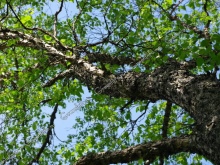
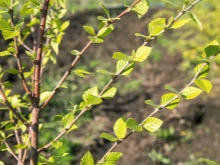
Even in spite of the name "river", black birch will grow well in dry areas. It is interesting that in its historical homeland the tree grows tall, but the Far Eastern black birch will not grow to that height. In the regions of Russia, it is almost half the size of the American version of the same tree. Birches can grow in groups of 2-3 trees. The culture is very thermophilic, but does not like the scorching sun. It will grow better in semi-shaded areas.
In general, this is a beautiful and relatively rare tree that looks good on a large plot, grows quickly and does not have any special requirements for growing.

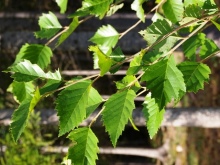
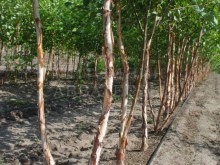
Growing conditions
In the landscaping of American cities, black birch is an honor and beloved by many cultures. River birch is extremely soil tolerant. It can grow in damp places, it is not afraid of flooding (only if they are short-lived), it will grow quietly in a moderately dry place. That is, the survival rate of the tree is initially high.
There are some tips and observations about growing black birch.
- The tree is not afraid of diseases. Those viruses and pathogens that can destroy neighboring trees are not afraid of it. The culture has initially good immunity, so it can be planted next to diseased trees, if the need arose.
- In urban conditions, black birch also feels confident. That is, to improve the nature of the courtyard, park, public garden, it will be a good option. Winds and very cold rains, hail will also not break the tree. There is no need to cover it, which also simplifies cultivation.
- The bark of this tree is curly, it exfoliates very nicely, shades of the widest palette are obtained.
- Both biologically and stylistically, black birch is combined with a large number of plants. She will not be a naughty neighbor. Birch goes well with different types of maples, alder, red oak, poplars, lindens, willows, hydrangeas and many others.
- In nature, moist is the preferred culture medium. On dry soils, the tree also grows, as already noted, but in this case, the risk of pest damage increases.
- You can plant birch from the north or east of architectural buildings... There she will feel confident.
- Since a tree can grow significantly, you need to take this into account in the context of the location of the wires. - if there are strong winds, the top of the tree may hurt.
- Soils for planting black birch should not be compacted... The root system of the tree is shallow, and in such a soil it will be uncomfortable. But the slightly acidic soil, loose, rich in humus - the best conditions for the rapid and healthy growth of the tree. On heavy clayey, alkaline soils, as well as soils with a highly acidic reaction, black birch has a hard time.
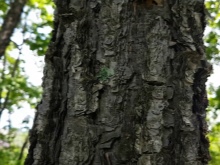
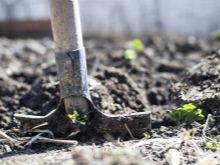
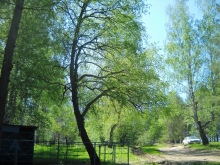
Obviously, there are more pluses in growing such a beautiful tree, valuable for its amazing bark, than minuses.
Reproduction
River birch reproduces by seed. It is interesting that this is a very prolific tree: it has abundant self-seeding, therefore nothing prevents the black birch from seizing territories on its own. For the first weeks, black birch grows, indeed, slowly, even sluggishly.
Moreover, at this time, the seedlings are also extremely vulnerable: they are afraid of a shortage of ultraviolet radiation, they do not like abundant watering (as well as scarce), and if they are shaded by weeds, they will also respond to this by inhibition of growth and development.
A person who decides to grow a black birch must thoroughly prepare a site for sowing. All plant rhizomes that are undesirable on the site should be removed.
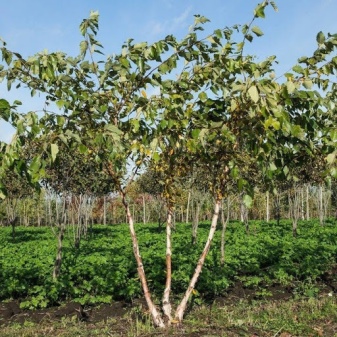
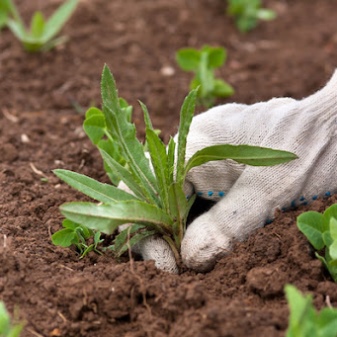
There are several features of sowing.
- There is no need to pre-prepare the seeds, if it happens in the fall. But in the spring there is a benefit in stratification, since with its help the germination rates are adjusted.
- Before sowing, the seeds must be dried.... They must acquire the so-called free-flowing state. And as soon as the seeds have dried up, they must be sown. But keeping wet seeds at home is not worth it - they will quickly begin to germinate, and so they will die.
- Sowing is equally successful in open ground and greenhouse conditions... Sowing is usually preferred with a line, making a distance between lines of 20 cm.
- It is impossible to sow seeds deeply into the soil. For a week, the crops should be covered with polyethylene, any other covering material.
- The soil must be kept moist. It is more convenient to water it with a spray bottle, because you can easily wash out crops with water from an ordinary watering can.
- If all conditions are met, seedlings can be expected in 2 weeks.... Maybe two and a half. By autumn, young birches will grow up to 30 cm. And the strongest, under good conditions, will have time to grow up to half a meter.
- For the winter, young trees should be insulated with fallen leaves.that will not let them freeze in the cold.
- The next spring, black birch can be dived into schools, observing an interval of 7 cm, and between the rows - 35 cm.
- In late summer or early autumn, already matured trees can be transferred to where they will grow constantly... If some birches turned out to be underdeveloped, they are sent for growing.


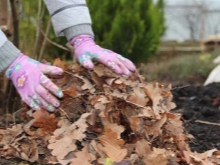
How quickly the seedlings grow depends on many factors: weather, humidity, temperature. But the main thing is that the soil of young birches does not dry out. And then they will grow, get stronger, gain strength and become a decoration of the territory.
For more information on black birch, see the next video.



































































The comment was sent successfully.